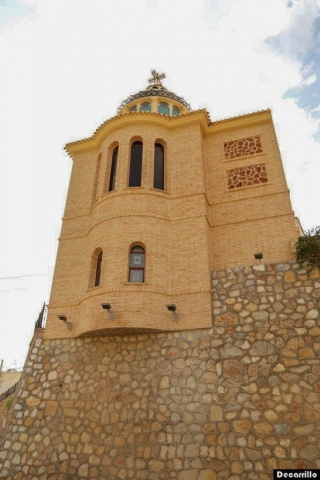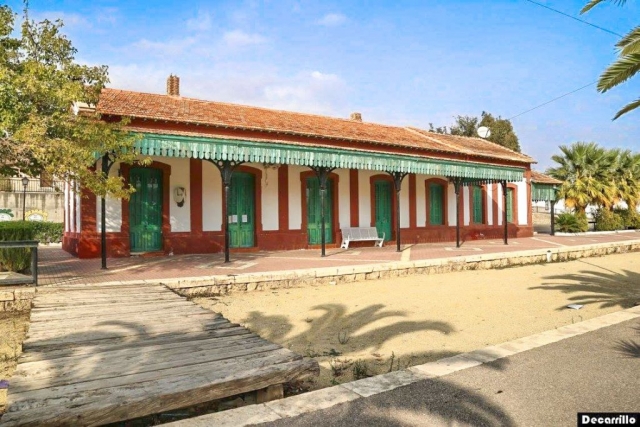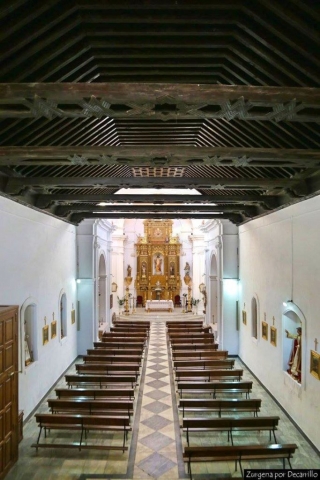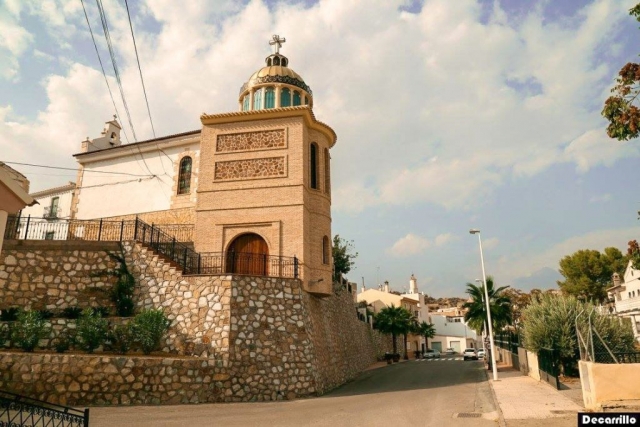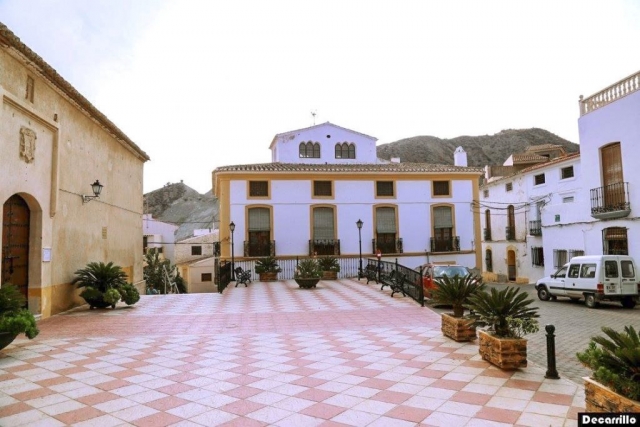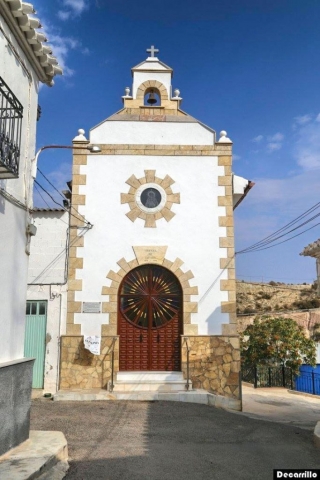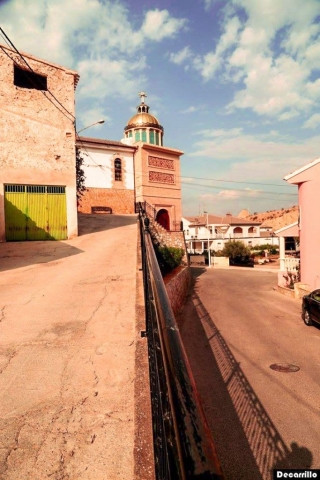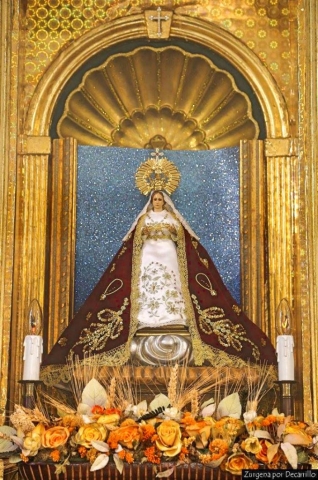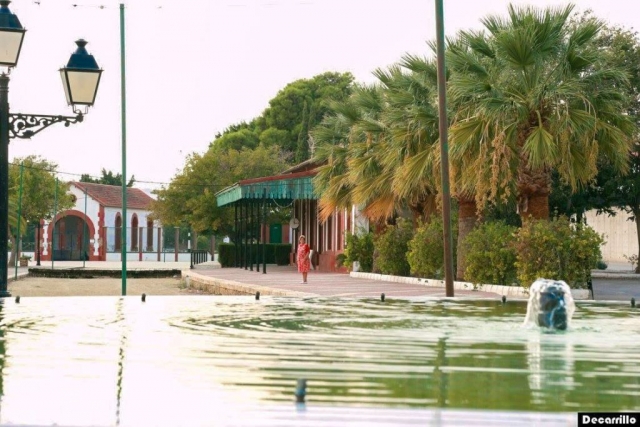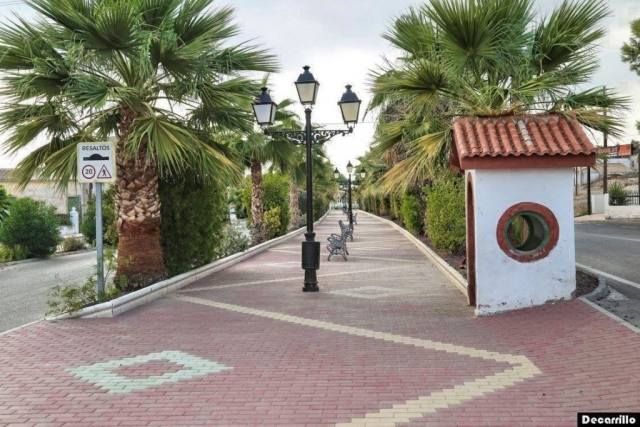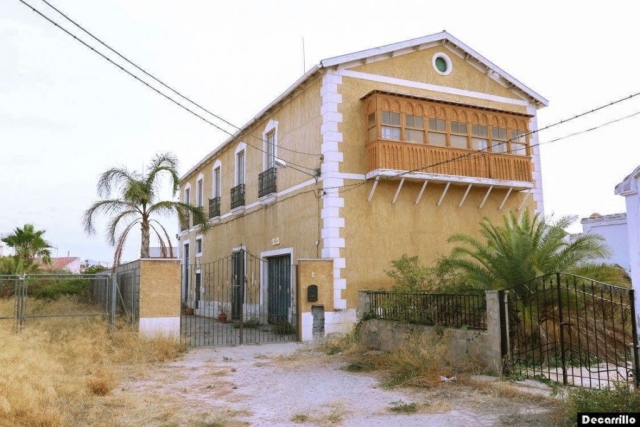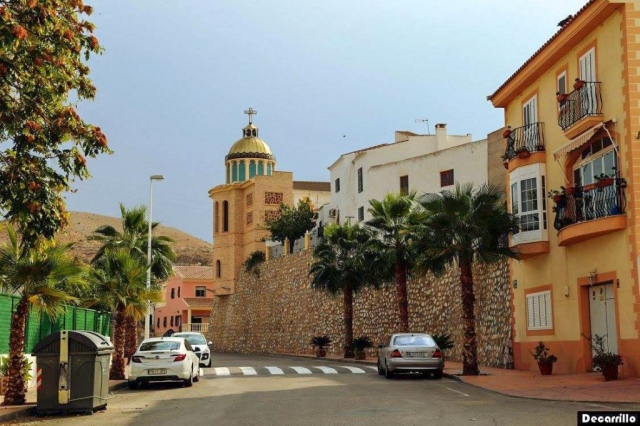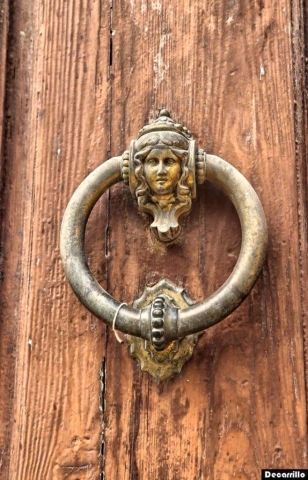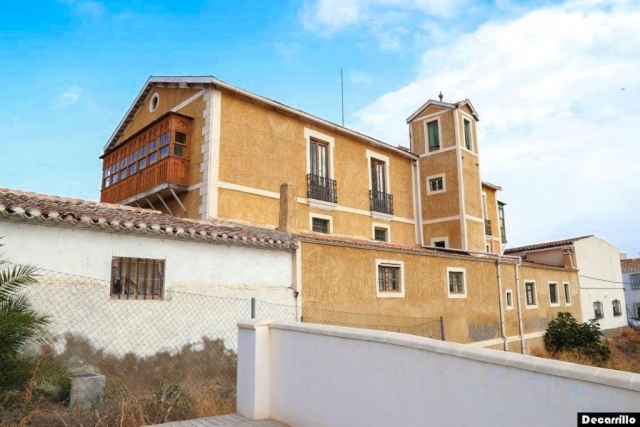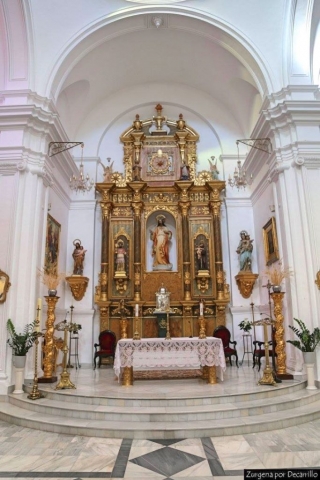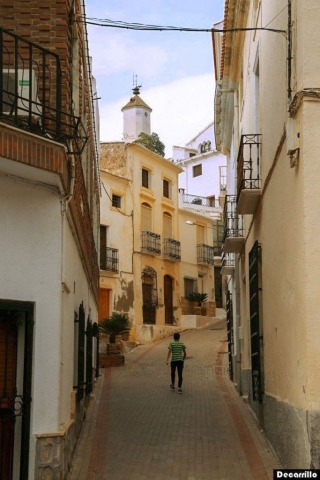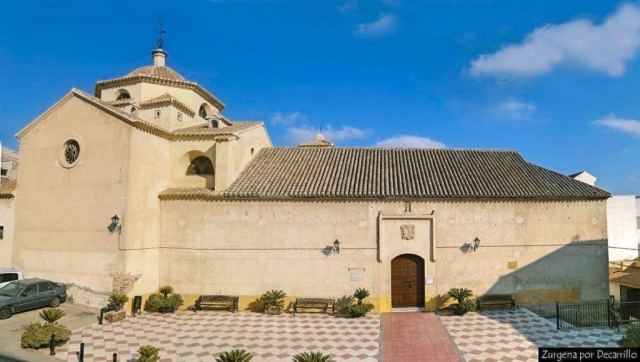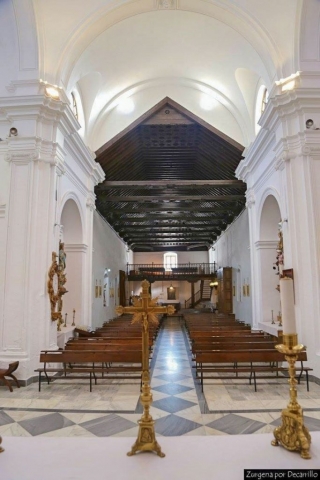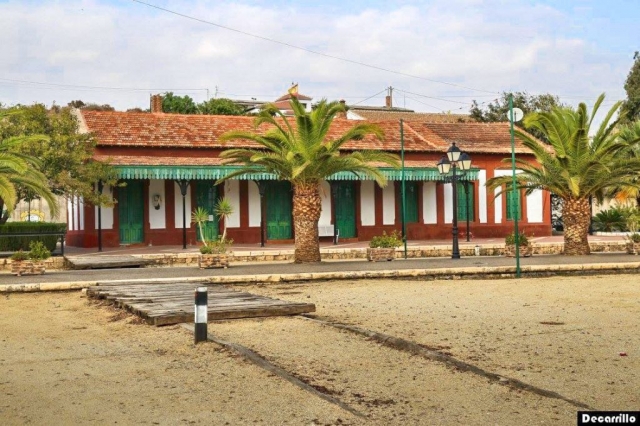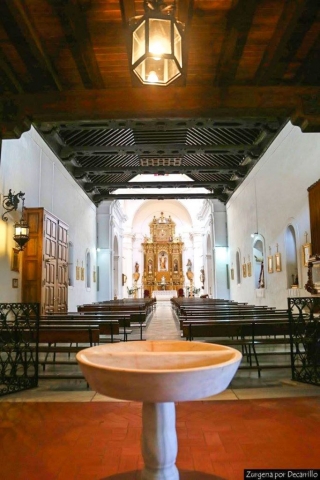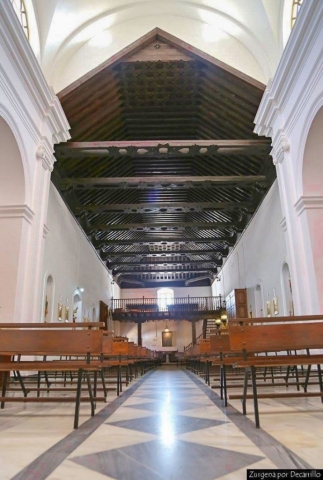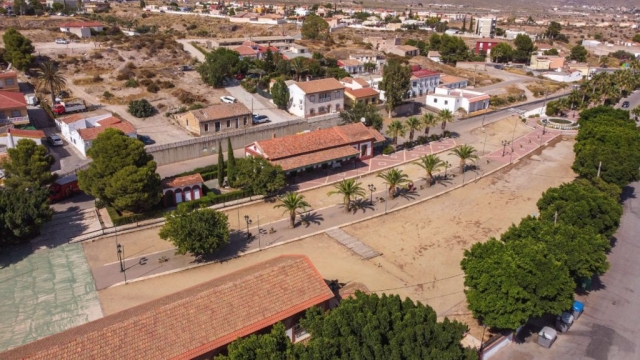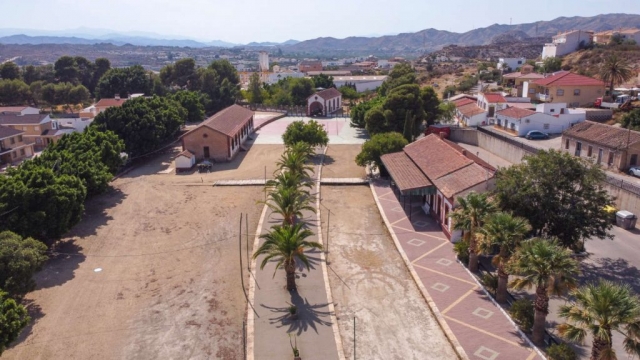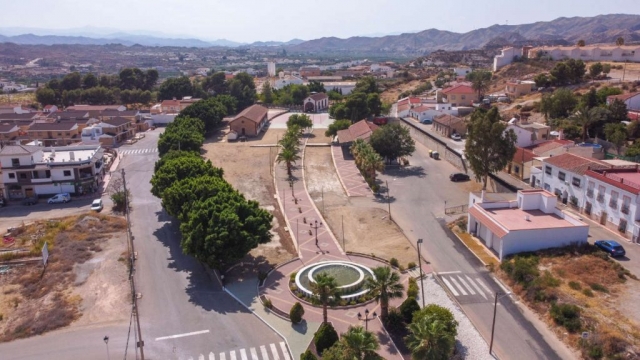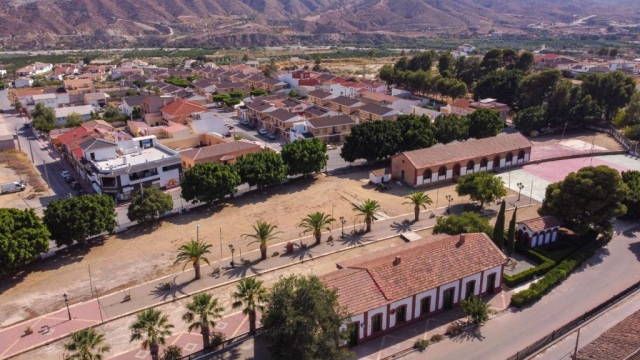We begin the excursion through the Alfoquía district, a nucleus that developed mainly after the arrival of the railway in 1892. It was one of the most important and largest stations in the area and was a great economic boost for the municipality during the century that stayed open. A whole series of services was created that did not exist in other stations, such as a turntable, to turn the trains around; The train drivers’ house, where they could spend the night since they could not exceed certain working hours, workshops to fix the machines, etc. The buildings were rehabilitated respecting their original structure and today we can walk through this station appreciating each of its corners and many utensils from the railway that are still preserved, making it an open-air museum.
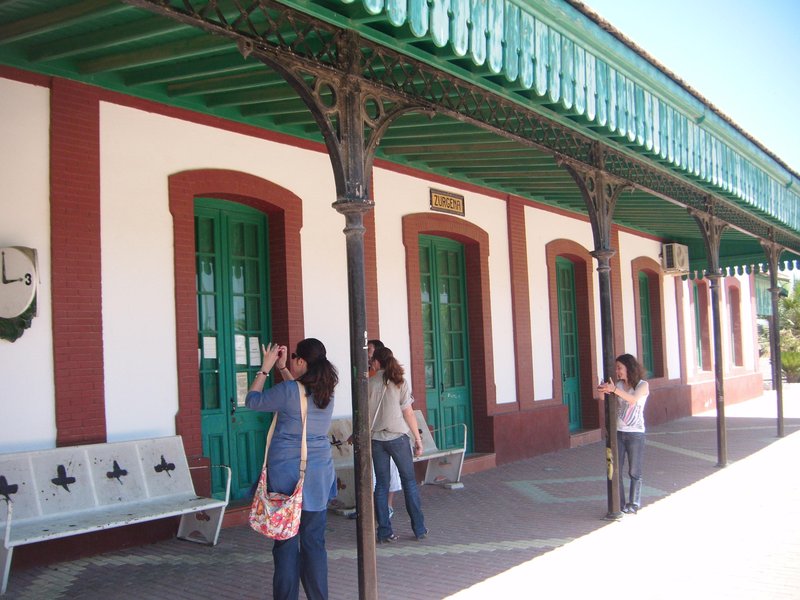
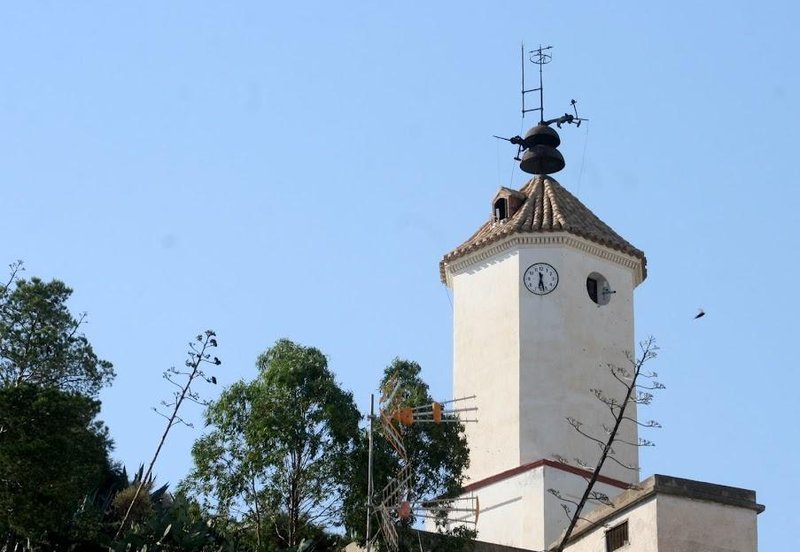
We cross the Almanzora river and pass to the urban center of Zurgena. Walking through its streets we can see the numerous manor houses and each one of them has its history. The Church of San Ramón Nonato in the Neomudéjar style is a must. On its door you can see the shield of Bishop D. Antonio Carrionero.
We continue through the oldest and highest part of the town, an area of ancient settlement, where we find the Clock Tower, from 1882, from where the batches of water from the plain were controlled. The Tower is located where a 13th century castle would be located in Arab times.
We continue strolling through the streets of Zurgena to the Hermitage of Calvario, from the 19th century, where it houses a carving of the “Virgencica del Calvario”, small in size but great in devotion. From the outside it surprises its golden dome and one of its sides, with the enigma of the magic painting that is embedded in one of its walls.
We hope you enjoy your visit to Zurgena!!

